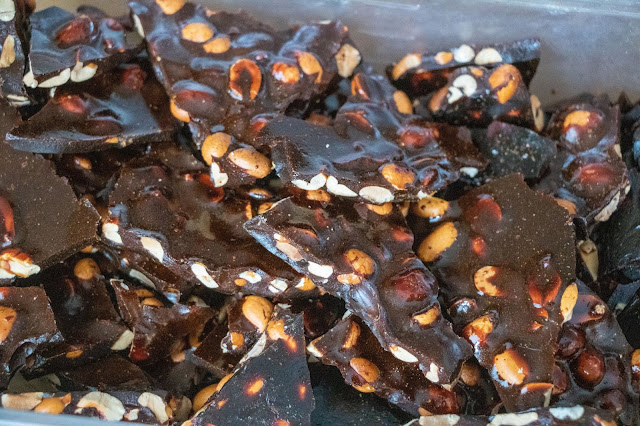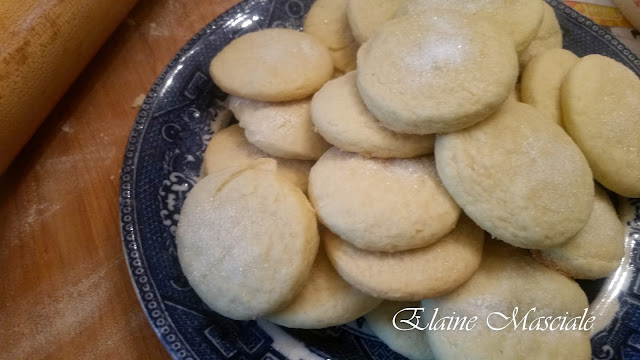Colcannon

A fast and easy dish - colcannon Historical Food Fortnightly Challenge 4:6 - Erin Go Bragh! Actual Irish dishes, or those with only the most tenuous association to Ireland and/or St. Patrick's Day. The recipe comes from The Domestic Oracle: A Complete System of Modern Cookery and Family Economy by Alexander Murray, M.D. (London, 1860) I was intrigued by this recipe since it gave me permission to use any leafy hardy green instead of the more normal cabbage. This recipe, in which the only recommended green is cabbage, seemed more "normal." ( The Practice of Cookery Adapted to the Business of Every-Day Life by Mrs. Dalgairns,12th edition, Edinburgh, 1850) The question we should always ask ourselves in a historical context is "What IS normal? From where am I deriving my concept for standardization?" While modern recipes restrict their greens to cabbage, does that mean it was the same in the nineteenth century? Opinio...





